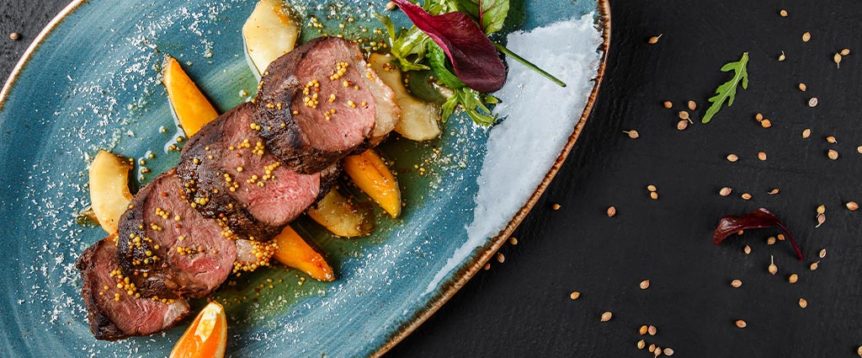Chicken is the top bird in American kitchens. And for good reason: It’s versatile, nutritious and affordable. But when it’s on your menu week after ever-loving week, you might want consider mixing things up a bit with other flavorful and good-for-you poultry options. Here’s how.
Turkey
There are many reasons to free this bird from the Thanksgiving and cold-cuts cages that we in America have confined it to. First, it’s nutritious, notably rich in phosphorus, niacin, vitamin B6 and selenium, which has antiviral properties that are thought to protect against COVID and also contributes to thyroid health. Also, it’s versatile—you can swap it into nearly any recipe that calls for chicken (soup, pot pie, quesadillas and the like) or try it ground and use it for burgers or meatballs.
Tip: Make life easy by purchasing already-cooked turkey breast. If you do buy whole and roast your own, look for a 14- to 15-pound bird, suggests Ariane Daguin, founder of D’Artagnan, which sells humanely raised, all-natural meats. “That’s their sweet spot,” she explains. “Turkeys don’t naturally grow beyond about 20 pounds.”
Duck
Duck’s nutritional makeup is similar to turkey, and although the skin contains a lot of fat, the meat itself actually has less fat than most chicken. Plus, it’s moist, tasty and easy to make (try these duck breasts or a whole roasted duck, for starters). Also surprisingly delicious is duck bacon. The texture is less crisp than pork bacon, but that’s a good thing, Daguin says. “It’s because the fat is not saturated,” she explains. “That’s why people from Gascony live longer than anywhere else in France, and people in France live longer than anywhere else in the world—because we don’t have any cardiovascular problems. That’s because we cook everything in duck fat and goose fat, which is unsaturated.”

